 Technology
Technology  Technology
Technology  Humans
Humans 10 Everyday Human Behaviors That Are Actually Survival Instincts
 Animals
Animals 10 Animals That Humiliated and Harmed Historical Leaders
 History
History 10 Most Influential Protests in Modern History
 Creepy
Creepy 10 More Representations of Death from Myth, Legend, and Folktale
 Technology
Technology 10 Scientific Breakthroughs of 2025 That’ll Change Everything
 Our World
Our World 10 Ways Icelandic Culture Makes Other Countries Look Boring
 Misconceptions
Misconceptions 10 Common Misconceptions About the Victorian Era
 Mysteries
Mysteries 10 Strange Unexplained Mysteries of 2025
 Miscellaneous
Miscellaneous 10 of History’s Most Bell-Ringing Finishing Moves
 Technology
Technology Top 10 Everyday Tech Buzzwords That Hide a Darker Past
 Humans
Humans 10 Everyday Human Behaviors That Are Actually Survival Instincts
 Animals
Animals 10 Animals That Humiliated and Harmed Historical Leaders
Who's Behind Listverse?

Jamie Frater
Head Editor
Jamie founded Listverse due to an insatiable desire to share fascinating, obscure, and bizarre facts. He has been a guest speaker on numerous national radio and television stations and is a five time published author.
More About Us History
History 10 Most Influential Protests in Modern History
 Creepy
Creepy 10 More Representations of Death from Myth, Legend, and Folktale
 Technology
Technology 10 Scientific Breakthroughs of 2025 That’ll Change Everything
 Our World
Our World 10 Ways Icelandic Culture Makes Other Countries Look Boring
 Misconceptions
Misconceptions 10 Common Misconceptions About the Victorian Era
 Mysteries
Mysteries 10 Strange Unexplained Mysteries of 2025
 Miscellaneous
Miscellaneous 10 of History’s Most Bell-Ringing Finishing Moves
10 Far-Out Facts And Strange Stories About Serial Killers
There seems to be no end to the public’s fascination with serial killers. Between countless movies, TV shows, and books, fictional murderers are well-represented in today’s society.
With all this coverage, we may think we understand serial killers—what drives them and how they strike. And yet, oftentimes, the stories involving the real killers are even more bizarre than their make-believe counterparts.
10 Debbie Harry And Ted Bundy

On several occasions throughout the last decades, Blondie frontwoman Debbie Harry claimed that she narrowly evaded one of America’s most notorious serial killers—Ted Bundy.
She first told the story in 1989. It happened in the early ’70s somewhere in the Village in New York. It was late at night, and Debbie was walking, trying to find a cab. She was being followed by a guy in a small car who kept insisting on giving her a ride. Since she couldn’t find a taxi, she eventually relented.
As soon as she got in, Debbie realized something was wrong. The car was stripped out and had no handles on the inside. The driver began to pull away, but Debbie managed to get her arm through the half-cracked window, grab the outside handle, open the door, and jump out.[1]
Much later, she saw the same man on the news and realized that she was almost abducted by Ted Bundy.
Could Debbie’s story be true? It’s impossible to say with certainty but unlikely. Based on what we know about Bundy’s movements, he should have been somewhere in the Pacific Northwest at the time. It doesn’t look like he ever went to New York City. Furthermore, Bundy was never known to drive a special “kidnapping vehicle,” preferring a standard Volkswagen Beetle.
9 Digging Up H.H. Holmes
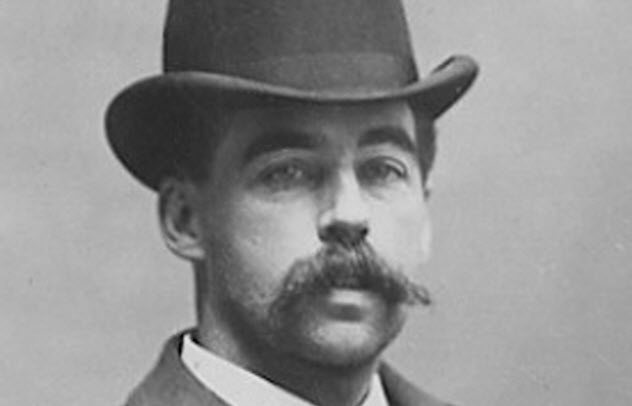
During summer 2017, the History Channel launched a new TV show named American Ripper. It investigated the possibility that notorious 19th-century American serial killer H.H. Holmes could have also been Jack the Ripper and was hosted by Holmes’s great-great-grandson Jeff Mudgett. While the link between the two murderers is incredibly tenuous, the show did put to rest the 100-year-old rumor that Holmes somehow bribed his way to freedom and escaped to South America.
It’s unknown when or where the rumor started, but perhaps it stemmed from the killer’s odd request. Holmes asked to be buried in a “double-deep coffin” covered in cement. He wanted to prevent other people from desecrating his body the way he did to many of his victims.
About 120 years later, a judge approved the exhumation of Holmes’s cement tomb at the behest of his descendants. The TV show sparked renewed interest in the case, including the rumor of his escape, and saved the analysis of the body for the season finale. University of Pennsylvania anthropologist Samantha Cox performed the examination of the remains and concluded that they belonged to H.H. Holmes.[2]
The unique burial preserved the killer’s body in interesting conditions. While the corpse had decayed beyond the point of usable DNA, his clothes and mustache were almost perfectly preserved. Identification was done using Holmes’s teeth.
8 Murderous Siblings
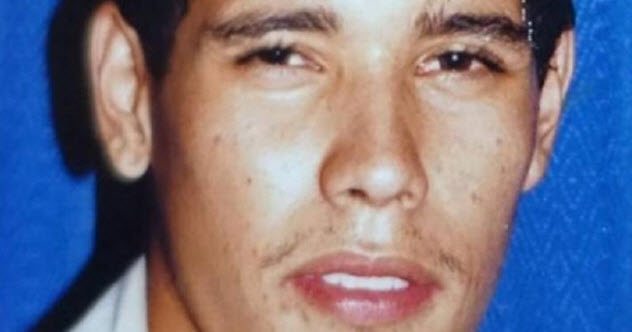
When you stand accused of six murders, you typically become the black sheep of the family. That’s not necessarily the case for Vayron Jonathan Nakada Ludena, a Peruvian migrant worker who allegedly killed six people in a string of home invasions in Kumagaya, Japan. That’s because his big brother is considered the most prolific serial killer in the history of Peru.[3]
Between 2000 and 2006, Pedro Pablo Nakada Ludena killed 25 people and became known as “El Apostol de la Muerte.” He walked the streets of Lima and waited for God to tell him which people to kill, usually targeting prostitutes, drug addicts, and homosexuals. He was eventually convicted of 17 murders and sentenced to 35 years in prison.
Around the same time, several of his siblings, Vayron included, managed to migrate to Japan for work. According to their sister, Maria Espejo, Vayron was very disturbed to find out about his brother’s crimes. After Vayron went back to Peru to visit Pedro in prison, she said that Vayron returned a different man. He became a recluse, hardly ate anything, and complained of everybody being angry with him. Eventually, she lost contact with him.
A decade later, Vayron Ludena was the prime suspect behind a three-day killing spree in Saitama Prefecture. He subsequently suffered a fractured skull after a second-story fall while being pursued by police and tried to commit suicide. The family claimed that both brothers suffer from paranoid schizophrenia.
7 Light-Heavyweight Champion And Serial Killer?
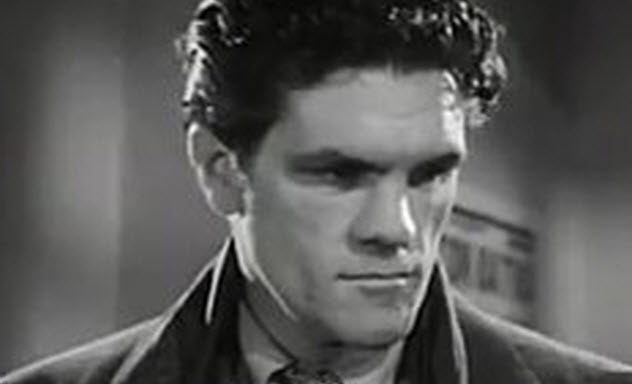
Throughout the early 1960s, London was plagued by a series of prostitute killings known as the Hammersmith nude murders. Since all the victims were found naked, the media dubbed the killer Jack the Stripper.
A few dozen people were named as suspects in the killings, including a Met detective, a police superintendent, and a security guard named Mungo Ireland. But the most intriguing suspect is former boxing world light-heavyweight champion Freddie Mills.
The accusation comes mainly from reformed gangster Jimmy Tippet.[4] He is a former member of London’s underworld, and his father was a boxer well-acquainted with Mills. Therefore, Tippet claims to have interviewed many knowledgeable sources who were aware of Freddie’s penchant for inflicting pain inside and outside the ring. However, none of them said anything on the record.
The belief in Mills’s possible involvement was spurred on by his suicide in 1965 which, perhaps coincidentally, happened a few months after the last Hammersmith murder. Since then, many theories have arisen which allegedly explained his death. One said that Mills was actually murdered by gangsters over unpaid debts. Another said that the former boxer was actually bisexual and was depressed over the death of his lover, British crooner Michael Holliday.
According to Tippet, Mills killed himself because he knew that he was about to be arrested for the murders. The detective in charge of the suicide, Nipper Read, dismissed Freddie Mills as a candidate. Read said that any possible confusion could have arisen from the fact that the police’s main suspect at that time was also a former boxer in his forties who committed suicide in 1965—the aforementioned Mungo Ireland.
6 Serial Killer vs. Mass Murderer
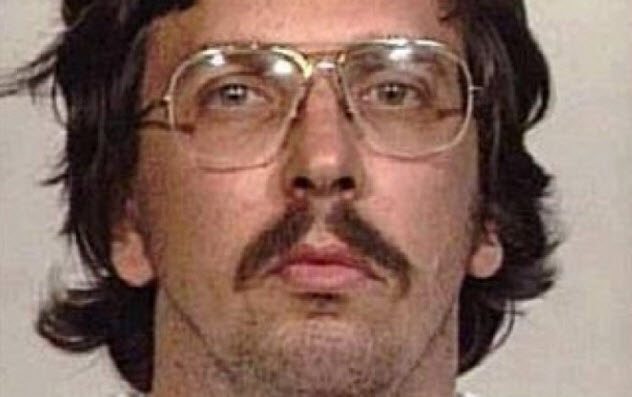
Notorious inmates pose a problem for prison officials because they have to deal with increased scrutiny from the outside world and, at the same time, protect these criminals from other inmates who might want to harm them.
In 1994, New York supermax prison Attica Correctional Facility had two infamous “residents” who didn’t get along—serial killer Joel Rifkin and mass murderer Colin Ferguson. Rifkin killed up to 17 women, most of them prostitutes, and Ferguson was responsible for the 1993 Long Island Railroad shooting which left six people dead and almost 20 injured.
The argument between the two inmates started for a silly reason. Ferguson got angry that Rifkin wouldn’t be quiet while Ferguson was using the telephone. From there, the altercation diverged into bragging about their crimes.
Ferguson taunted Rifkin for only targeting women while he “wiped out six devils.”[5] Meanwhile, Rifkin asserted that his kill count was much higher. From this point, the argument escalated into a fight when Ferguson attacked Rifkin. Neither inmate was seriously injured.
A similar instance happened two decades earlier when California killers Ed Kemper and Herbert Mullin shared adjoining cells. There were no physical altercations because Kemper towered over the diminutive Mullin, but “the Coed Killer” Kemper did describe instances of conducting experiments such as behavior modification treatment on Mullin.
5 From Hero To Homicide

In 1991, Tracy Edwards helped authorities capture one of the most infamous serial killers in US history. Edwards was walking the streets of Milwaukee half-naked and handcuffed after managing to escape the house of Jeffrey Dahmer.
Afterward, Edwards took police to Dahmer’s apartment. That is where the latter raped, killed, dismembered, and ate 16 victims over a four-year period. Edwards’s story made front-page news all across the country, and he was hailed as a hero for helping to stop the murderous reign of the Milwaukee Cannibal. Two decades later, though, Edwards was arrested and charged with homicide.[6]
Unsurprisingly, the Dahmer experience changed his life forever. Since then, Edwards has had several drug-related run-ins with the law and has moved around from one homeless shelter to another for at least a decade. Edwards hit rock bottom in 2011 when he was accused of throwing a man off a bridge to his death.
Police later determined that Edwards was involved in a fight with two other homeless men. One of them fell off a bridge and drowned. In the end, the other person was charged with reckless endangerment while Edwards was sentenced to just one-and-a-half years in prison for aiding a felon.
4 It Runs In The Family

The Belanglo State Forest in New South Wales, Australia, served as Ivan Milat’s killing grounds in the early ’90s. Over four years, Milat shot, stabbed, strangled, and bludgeoned at least seven backpackers, most of them foreigners visiting Australia. He was apprehended in 1994 and is currently serving multiple life sentences.
In 2012, his great-nephew Matthew Milat stood accused of a crime which had the cold brutality of his uncle. Matthew and his friend Cohen Klein killed 17-year-old David Auchterlonie on his birthday by striking him in the head with an axe and recording the attack on a mobile phone.
The teenagers lured David to the Belanglo State Forest, the same place where Ivan Milat preyed on backpackers two decades earlier. Matthew Milat, who was also 17 at the time, committed the murder while Klein filmed, and the pair later posed for pictures with the body.
According to Judge Jane Mathews, Milat later gloated about the kill by writing poems and, at one point, saying, “That’s what the Milats do.”[7] Milat and Klein were subsequently sentenced to 43 and 32 years in prison, respectively.
3 The Trial From Hell

The trial of Richard Ramirez, the killer known as the Night Stalker, became almost as notorious as his killing spree. He was known for performances meant to draw the spotlight on him such as screaming “Hail Satan,” drawing pentagrams on his hands, or smiling and waving at relatives of the victims.
At one point, there was a genuine concern that Ramirez could shoot the prosecutor during courtroom proceedings and then turn the gun on the crowd. Jail employees overheard him bragging about having friends who could sneak a weapon to him. Subsequently, a metal detector was installed outside the courtroom and all participants were searched before entering.
In the end, the trial cost over $1.8 million, making it the most expensive one in California history until the O.J. Simpson trial in 1994. And yet, it could have been even costlier since it almost resulted in a mistrial after the murder of a juror.
Her name was Phyllis Singletary, and her death came shortly after the threats made against the prosecutor.[8] The other jurors couldn’t help but fear that Ramirez was, somehow, behind this and that they were also in danger. Even though they weren’t sequestered, some of the jurors were too frightened to return to their homes at night.
In the end, it was revealed that Singletary’s murder had no connection to Ramirez. She was killed by her partner, James Cecil Melton, following a domestic dispute. Later, he killed himself in a hotel room and admitted to her murder in his suicide note.
2 A Summer With Stephen Morin
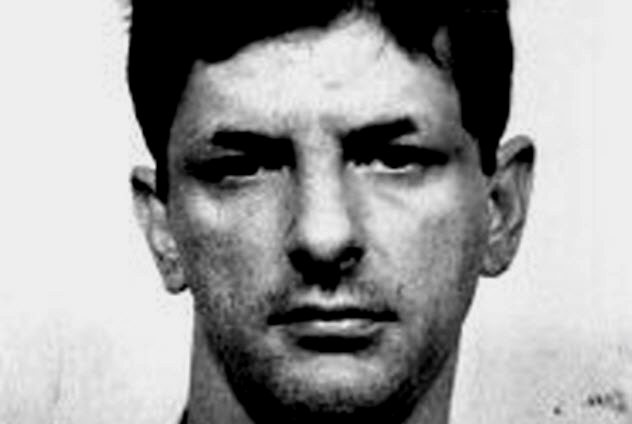
During summer 1981, 21-year-old Chris Clarke met his mother’s new boyfriend, Ray Constantine. Little did Chris know back then that this was, in fact, the alias of Stephen Morin, a notorious serial killer who murdered up to 30 women throughout the United States.
At first, Chris was apprehensive of the new man in his mother’s life due to her bad taste in men. However, Ray managed to win him over by getting Chris a union job with a painting crew. The two of them worked alongside each other all summer, and on one occasion, Ray even saved Chris’s life.
This happened when Chris was up a three-story ladder which began sliding off the house, causing him to freeze with fear. Seeing this from the yard, Ray sprinted to the third floor and hung out the window. First, he talked Chris out of his panic and convinced him to slam the ladder back into place. Then Ray tied it securely to the window frame.
As the bond between them grew, Chris thought nothing about lending a helping hand one day when he swung by his mother’s house. Ray was inside her van, using rivets to attach carpets to the walls and ceiling of the vehicle.[9] Only later did Chris realize that he helped soundproof a van so that a sadistic killer could rape and torture women inside it.
1 Undone By Technology
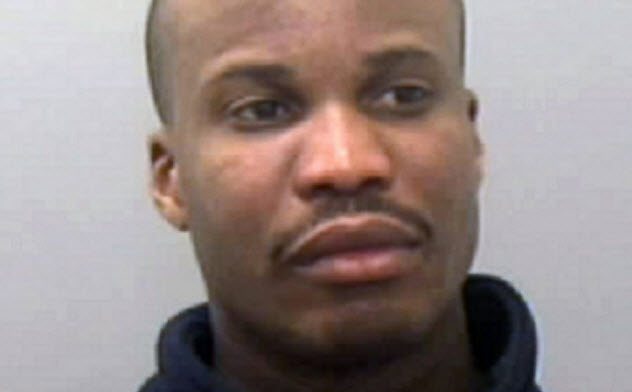
Wichita serial killer Dennis Rader (aka BTK) was famously apprehended after sending a floppy disk to the media, not knowing it could be traced back to him. However, he wasn’t the first murderer caught because he wasn’t good with computers. A similar thing happened three years earlier to Missouri killer Maury Travis who claimed to have murdered 17 women.
Like Rader, Travis wanted attention from the media. In May 2002, the St. Louis Post-Dispatch ran a sympathetic story on Teresa Wilson, one of the victims. They received an anonymous letter from her killer, bragging about all the murders police hadn’t uncovered yet. He even offered to point them to another body and enclosed a map of West Alton, Missouri, with an “X” on it.[10]
Fortunately for authorities, Travis was unfamiliar with the concept of IP tracking. First, they were able to determine that the map came from Expedia.com. Afterward, with a federal subpoena, they were granted the IP addresses of all users who viewed a map of West Alton within the last few days.
With a population of 500, West Alton wasn’t exactly a bustling metropolis. In fact, there was just one result. Next stop was Microsoft who assigned the IP address. They pointed police to 36-year-old Maury Troy Travis. Inside his home, investigators found blood splatters, torture instruments, and videotapes of some of the crimes.
Read more weird stories about serial killers on Top 10 Bizarre And Offbeat Stories Involving Serial Killers and 10 Serial Killers On Why They Did It, In Their Own Words.







![10 Creepiest Photos Of Victims Taken By Serial Killers [DISTURBING] 10 Creepiest Photos Of Victims Taken By Serial Killers [DISTURBING]](https://listverse.com/wp-content/uploads/2018/09/Regina-Kay-Walters-featured-2-150x150.jpg)
